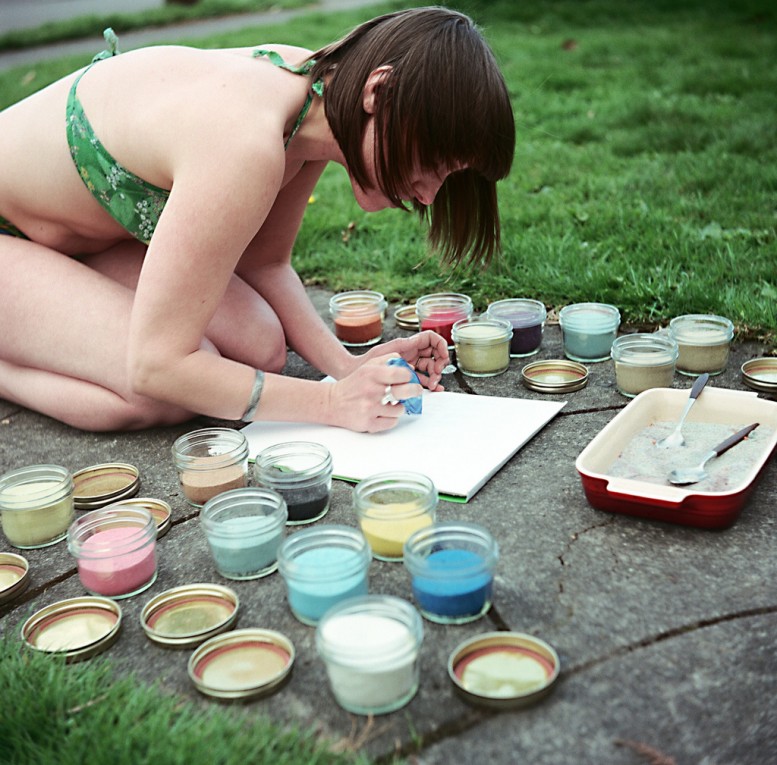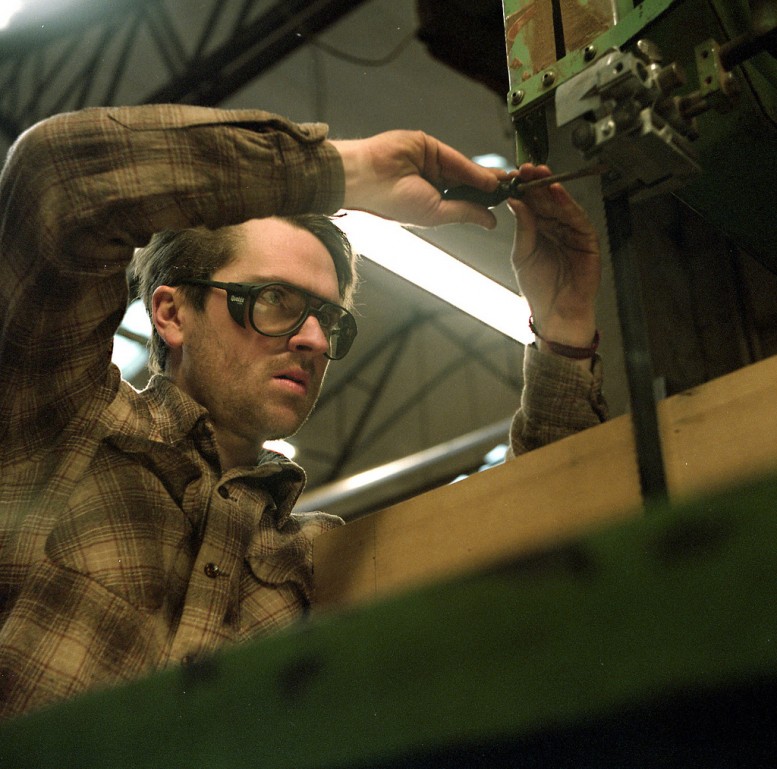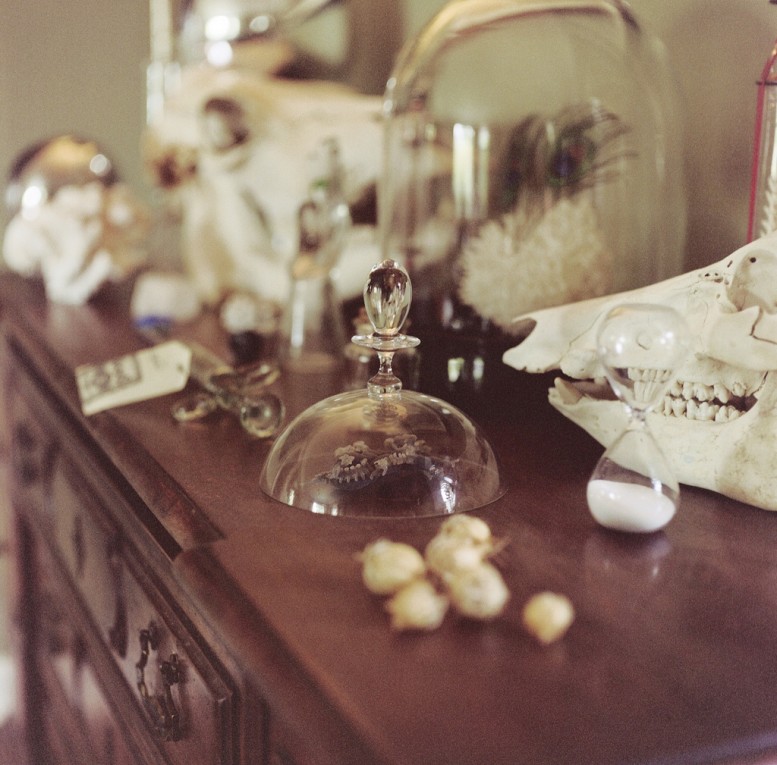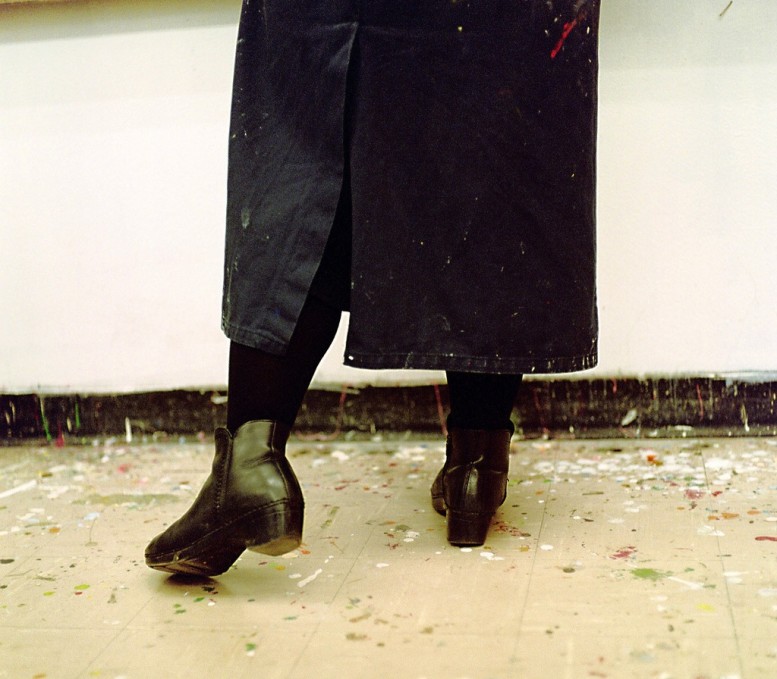This Monday, the fashion world was saddened to hear of the death of Italian designer Elio Fiorucci. Known as “The King of Jeans,” the Milanese designer’s raunchy, colorful fashions “sold America back to America.” His kitschy, recycled style broke the harsh, conservative boundaries of haute-couture, gaining international popularity with his low-cost materials and everyday fashions. The Fiorucci name was a staple in the jet-set world of youth and alternative culture in the New Wave era. However, despite fame and acclaim, poor management and legal issues separated Fiorucci from his brand into the 21st century. Interior design guru Rossana Orlandi said Fiorucci was “the point of reference for an entire generation.” Giorgio Armani called him “revolutionary.” Fiorucci recently celebrated his 80th birthday. Here are ten things you need to know about the fashion icon:
1. Elio Fiorucci was the son of a Milanese shoe-and-sandal shop owner
In 1963, a 22-year-old Fiorucci, while experimenting with new designs in his father’s shoe shop, created three pairs of rubber galoshes in bright, primary colors. After being featured in local Milan fashion magazine Amica, the galoshes sparked a sensation.
2. Fiorucci was an integral player in fashion’s globalization
A Model In A Chiffon Dress With Roses And Red Satin Accents, 1976 Photo: Associated/REX Shutterstock/Rex USA
Fiorucci was deeply inspired by the bright miniskirts and kitschy baubles trendy in London’s Carnaby Street. When his first shop opened in Milan in 1967, he was determined to bring modern British and American fashion to Italy. The then-conservative Milan had barely seen t-shirts, jeans, and glitter. The store was instantly popular for modern Italian shoppers. Later, the Fiorucci brand would turn underground fashions such as the Brazilian thong and New Mexican glass beads into international trends.
3. The Fiorucci label popularized many staples of modern fashion
Fiorucci introduced the monokini and thong from Brazil, albeit while sparking controversy with the topless photos used to advertise them. The label was the first to popularize leopard-skin prints, Afghan coats, and fishnet stockings. In 1976, Fiorucci introduced the first “fashion” jean for women, selling over one million pairs of jeans in the first year on the market. The company created the first pair of stretch jeans in 1982.
4. Fiorucci was more interested in the everyday than “haute couture”
Fiorucci was known for favoring cheap materials—$10 t-shirts from India, plastic see-through jeans, aluminum lunch pails sold as purses. “I am a merchant, not a man of fashion,” he told WWD in 1976 at the opening of his Manhattan department store. He told People in 1980 he found the label haute couture “pathetic.”
5. Fiorucci’s department stores did not just sell clothes
Fiorucci’s first big store in Milan expanded from fashion to offer books, music, furniture, and makeup. It also boasted a performance space, vintage clothing area, and restaurant. The Milan shop became a focal point for youth and alternative culture. Fiorucci’s Manhattan location was known as the “daytime Studio 54.” New York’s New-Wave creatives would come to the store to sip espresso and trade party plans in the pre-soirée hours. The Fiorucci store was frequented by art exhibitions, book signings, and parties.
6. Fiorucci advertisements were iconic for their innovation and controversy
The famous two-angels logo was plastered on bags, t-shirts, and billboards internationally. It was paired alongside models in skin-tight jeans wearing fluffy pink handcuffs, Brazilian thongs, camouflage and leopard-skin prints. Others show women in provocatively tight jeans and latex pants. An exhibition at SACI featuring the ads in 2012 claimed, “Such ads, and others with fluorescent colors and breakthrough graphics, ensured the Fiorucci brand a place in design and retail history.”
7. His designs were extremely popular with celebrities of the 70s and 80s
The glitzy innovation exhibition in Fiorucci’s designs attracted the trendy, jet-set celebrities of the New Wave era. Notable Fiorucci-lovers included Andy Warhol, Bianca Jagger, and Jackie O. Fiorucci is credited with creating Madonna’s look, launching her career. Debbie Harry was known to scour Fiorucci collections for anything black. Truman Capote signed books in the window of the New York department store. Fiorucci sent an extra-large sweatshirt with a crown embroidered in gold thread to Princess Diana as a wedding present.
8. Fiorucci launched the careers of notable fashion designers
Fiorucci’s New York department store was the first to feature designers Betsey Johnson, Anna Sui, and Jill Stuart. Marc Jacobs told the New York Times in a 2001 interview, “'When I was 15, instead of going to sleep-away camp I spent the whole summer hanging out in the store. I had this wide-eyed glamour about these beautiful young people that globe-trotted from club to club dressing in these fabulous clothes. It was like a living, breathing fashion show that I wanted so much to be part of.” Jacobs credits Fiorucci with inspiring the low-cost designs
9. By the late 1980s, Elio lost the right to use his own name
Despite thriving sales, poor management forced Fiorucci to close its New York City location in 1986. By 1988, franchise disputes lead to the closing of all U.S. branches. The company was subsequently split into shares that were bought by various multinational corporations, and Elio Fiorucci was legally barred from designing under his own name.
10. Elio Fiorucci fell out of love with fashion
In 2003, after 36 years, Fiorucci closed down his historic shop in Corso Vittorio Emmanuele, Milan. He said he had “fallen out of love with fashion.” However, he continued to design. He launched his own brand, Love Therapy, and designed for Agent Provocateur.
Text by Keely Shinners
Follow Autre on instagram to stay up to date: @AUTREMAGAZINE






